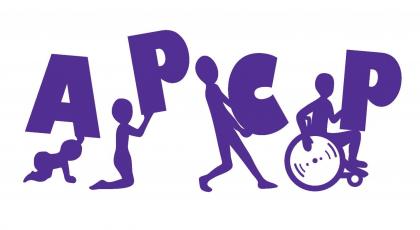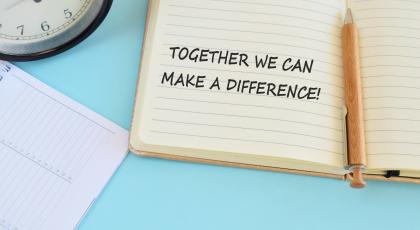What does NICE do and isn't it mainly about drug treatment?
NICE exists to improve outcomes for people using the NHS and other public health and social care services.
Guidance can include any type of health care, equipment, pharmacology or device ranging from physical activity in children, bronchiolitis diagnosis and management, juvenile chronic arthritis, selective dorsal rhizotomy, developmental follow-up, the Molli suit and asthma medication.

How can I use the information NICE provides in guidelines and recommendations?
Commissioners of health services take it seriously and may change services according to the guidance.
Affects everyday practice.If we want to provide evidence and highlight the role of physiotherapy within paediatrics, we need to take the opportunities to have our say. You might think that you as an individual therapist can have only minimal influence, but physiotherapists can, and do, influence and change NICE guidance.

Who is involved in developing NICE guidance and what are stakeholder organisations?
NICE Guidance is developed by independent committees, including professionals and lay members, and consulted on by stakeholders.

How does APCP get involved with NICE?
The APCP NICE Guidelines Officer is responsible for promoting the important work of NICE to the APCP membership and for co-ordinating APCP's engagement with NICE.

How can I get involved with NICE?
NICE guidance affects our everyday practice as physiotherapists. Commissioners of health services take it seriously and may change services according to the guidance.
It is important therefore for us all to take any opportunities to get involved with NICE to promote the role of physiotherapy within paediatrics.

